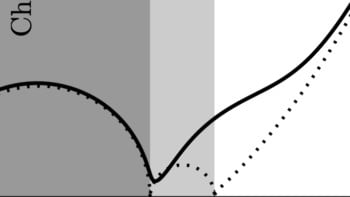The world’s leading supercomputers are invaluable tools for various fields of science and engineering. They are used to develop advanced materials, design new drugs and even for simulating complex astrophysical phenomena. But with great power can come great cost: vast amounts of energy are required to perform calculations and thousands of litres of cool water are used every minute to keep these machines from overheating.
In the April 2019 issue of Physics World, Niladri Banerjee writes about an emerging field of research that could lead that could lead to a new generation of “green” supercomputers. Banerjee, from Loughborough University in the UK, explains how some of the existing inefficiencies could be reduced by designing new supercomputers based on superconducting spintronics. For a brief introduction to the core concepts, take a look at the video above.



